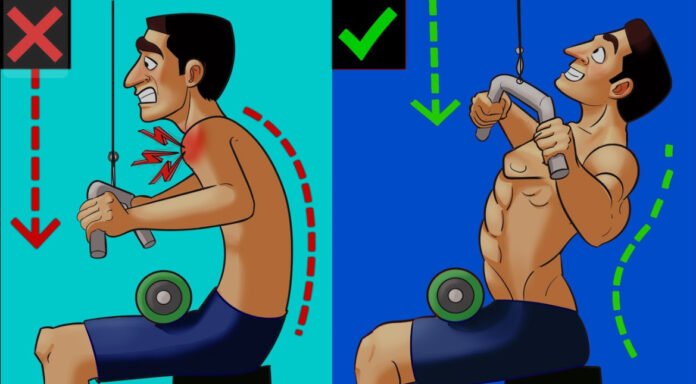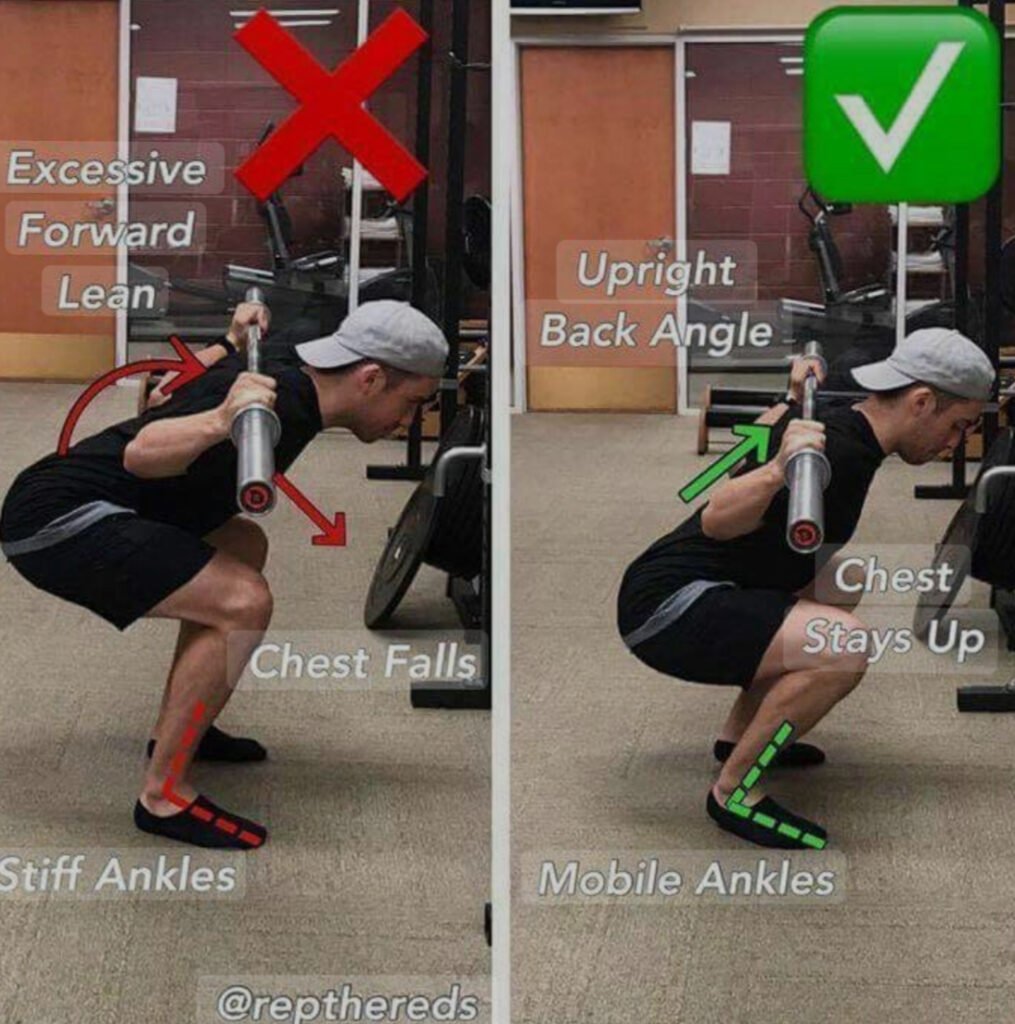Introduction
In the world of health and fitness, making progress isn’t just about hard work—it’s about working smart. You can follow the best workout plans, spend hours in the gym, and still see little to no improvement if you’re unknowingly making common workout mistakes. These errors, often overlooked, can quietly derail your results, delay recovery, and drain motivation over time.
As we move through 2025, the emphasis on smart training strategies is greater than ever. Whether you’re aiming to build muscle, lose fat, or improve endurance, understanding how workout mistakes impact your body is key to unlocking consistent fitness progress. From skipping warm-ups to ignoring recovery and lifting with poor form, these habits can sabotage your potential and prevent your body from performing at its peak.
The truth is, even the most committed individuals often fall into traps that hinder their fitness progress. The problem isn’t effort—it’s awareness. That’s why identifying these pitfalls and replacing them with effective solutions is a game-changer.
This guide will walk you through the 7 most damaging workout mistakes holding back your goals in 2025. Whether you’re new to fitness or a seasoned athlete, correcting these errors will significantly enhance your performance, reduce injury risk, and help you finally see the progress you’ve been working for.
If you’re ready to stop wasting time and start moving forward with confidence, this article is your roadmap to real, measurable fitness progress—without the setbacks caused by preventable workout mistakes.
1. Skipping a Proper Warm-Up
A proper warm-up primes your muscles, joints, and nervous system for optimal performance. Yet, many gym-goers still jump right into heavy lifts or high-intensity cardio without warming up—one of the most common workout mistakes that leads to poor performance and increased injury risk.
Why It Hurts Your Progress
Skipping warm-ups limits flexibility, restricts blood flow, and makes your muscles less responsive. Over time, this can cause stiffness, soreness, or even joint problems.
Fix It:
- Spend 5–10 minutes doing dynamic stretches like arm circles, leg swings, or jumping jacks.
- Use light resistance or bodyweight versions of your main exercises to gradually prepare your body.
2. Lifting Too Heavy Too Soon
In the pursuit of faster results, many lifters make the critical workout mistake of going too heavy, too fast. Ego lifting might look impressive, but it sacrifices form, increases injury risk, and limits actual muscle engagement.
Why It Hurts Your Progress
Poor form reduces activation in target muscles. You may be using momentum or secondary muscle groups instead of isolating the intended ones.
Fix It:
- Follow progressive overload, increasing weight only when you’ve mastered the current load.
- Prioritize form over numbers to maximize muscle stimulation and reduce setbacks.
3. Not Tracking Workouts or Progress
If you’re not tracking your reps, weights, rest times, or training frequency, how can you be sure you’re progressing? This is one of the most overlooked workout mistakes in 2025—even among intermediate athletes.
Why It Hurts Your Progress
Without tracking, you’re likely repeating the same routine, resulting in plateaus. Progression requires intentional increases in intensity, volume, or complexity.
Fix It:
- Use a fitness app, spreadsheet, or notebook to log sets, reps, and weight.
- Monitor improvements in strength, endurance, flexibility, and mobility.
4. Overtraining Without Recovery
More isn’t always better. Overtraining is one of the most dangerous workout mistakes for long-term progress. Without recovery, your body never gets the chance to repair and grow.
Why It Hurts Your Progress
Recovery is when your muscles rebuild and strengthen. Ignoring it leads to fatigue, irritability, hormonal imbalance, and even muscle loss.
Fix It:
- Aim for 7–9 hours of sleep per night.
- Incorporate active recovery (walking, yoga, stretching) on rest days.
- Schedule deload weeks every 4–6 weeks to reset your nervous system.
5. Poor Nutrition Before and After Workouts
Your training is only as effective as your fuel. One of the most damaging workout mistakes is neglecting pre- and post-workout nutrition.
Why It Hurts Your Progress
Skipping meals or eating poorly before workouts leads to low energy, poor performance, and increased muscle breakdown. Post-workout, your muscles need nutrients for repair and growth.
Fix It:
- Pre-workout: Eat a balanced meal 1–2 hours before (carbs + protein).
- Post-workout: Consume lean protein and fast-digesting carbs within 30–60 minutes.
Examples:
- Pre: Chicken breast and brown rice
- Post: Whey protein shake with a banana
6. Neglecting Form and Mind-Muscle Connection
Even with the right weights and volume, poor form can undermine your results. This workout mistake often stems from rushing, distraction, or following influencers with bad technique.
Why It Hurts Your Progress
Sloppy form reduces engagement of target muscles and increases stress on joints and ligaments.
Fix It:
- Train in front of a mirror or record yourself to assess your technique.
- Focus on slow, controlled reps and emphasize the eccentric (lowering) phase.
- Use cues like “squeeze the glutes” or “pull through the elbows” to activate the right muscles.
7. Ignoring Program Structure and Periodization
Randomly mixing workouts is fun, but it’s one of the most serious workout mistakes if you’re trying to see long-term gains. A solid training program includes structure, progression, and purpose.
Why It Hurts Your Progress
Without proper periodization, you’ll eventually plateau or risk overtraining. You also miss the opportunity to train all aspects of fitness—strength, hypertrophy, endurance, mobility, and stability.
Fix It:
- Follow a 4–12 week plan focused on a specific goal (e.g., fat loss, muscle gain).
- Incorporate deliberate progression in reps, sets, or resistance every 1–2 weeks.
- Split workouts by muscle group, function, or training modality (e.g., push/pull/legs or upper/lower splits).
Bonus: Believing More Sweat = Better Workout
Don’t equate intensity with effectiveness. High sweat levels don’t always mean you’re burning fat or building muscle. This misconception is one of the sneakiest workout mistakes.
Fix It:
Focus on quality training aligned with your goals. Measure results in strength, body composition, and consistency—not just soreness or sweat.
Final Thoughts
Achieving your health and performance goals requires more than dedication—it demands the awareness to recognize and correct common workout mistakes. The most frustrating part of any fitness journey is putting in the time, energy, and effort, only to fall short of real results. But the good news is this: small, strategic changes can lead to massive improvements in your long-term fitness progress.
One of the biggest misconceptions people have is that progress is linear. But when workout mistakes go unaddressed—like improper form, skipping warm-ups, or ignoring recovery—they slowly chip away at your potential. These errors may seem minor in isolation, but when compounded over time, they can stall or even reverse your fitness progress.
2025 is the perfect year to reframe how you train. Rather than constantly chasing harder, longer, or heavier workouts, shift your focus toward smarter, more efficient strategies. That starts with identifying where you’re making workout mistakes, then replacing them with effective, science-backed habits. Proper form, balanced programming, and intentional recovery are just as important as reps and sets.
The goal isn’t perfection—it’s progression. Progress comes when you commit to learning, evolving, and making each session count. By avoiding the most common workout mistakes, you free up energy to train better, reduce injury risks, and stay consistent week after week.
Your fitness progress is a reflection of your discipline, not just in how hard you push, but in how well you recover, how intelligently you move, and how clearly you understand your body’s needs. When you take the time to fine-tune your approach, you’re no longer just working out—you’re training with purpose.
So, if you’ve been stuck in a plateau, frustrated by slow results, or constantly battling fatigue, take a hard look at your routine. Are workout mistakes holding you back from the level of success you deserve?
Remember: it’s never too late to course-correct. With the insights you’ve gained from this guide, you now have the power to eliminate those hidden training errors and finally unlock the true potential of your fitness progress.
Make this the year you stop guessing and start growing. Let smarter training—not harder mistakes—shape your future.
🔥 Stop Sabotaging Your Gains!
Now that you know the top workout mistakes holding you back in 2025, it’s time to train smarter, not harder.
✅ Avoid plateaus
✅ Reduce injury risk
✅ Maximize every session
👉 Subscribe for expert fitness tips, proven routines, and weekly motivation—and share this with a friend who’s ready to level up their results. Your best progress starts now!








